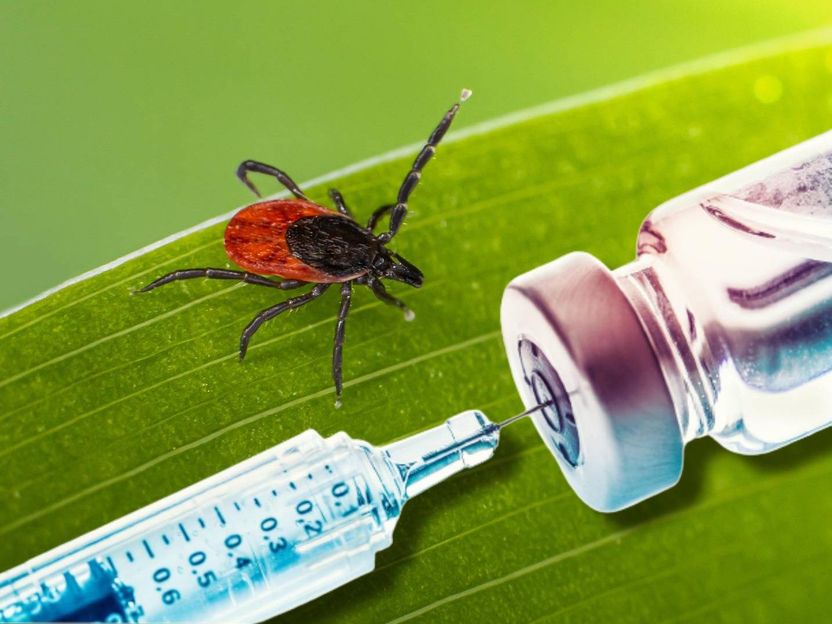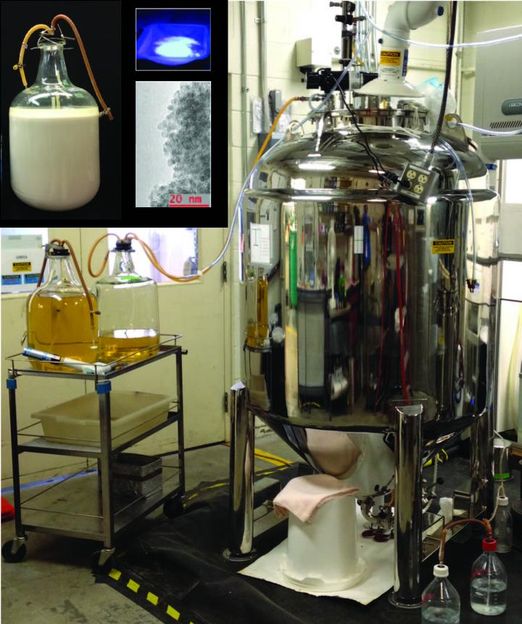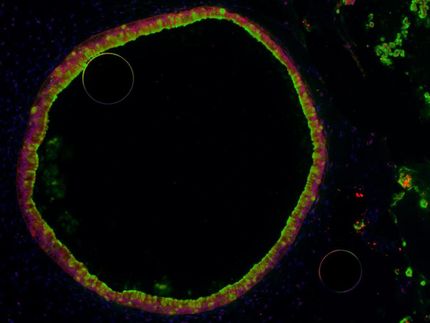In the bacterial world of your mouth, nurture wins out over nature
The human mouth is home to a teeming community of microbes, yet still relatively little is known about what determines the specific types of microorganisms that live there. Is it your genes that decide who lives in the microbial village, or is it your environment? In a study published in Genome Research, researchers have shown that environment plays a much larger role in determining oral microbiota than expected, a finding that sheds new light on a major factor in oral health.
Our oral microbiome begins to take shape as soon as we are born and sees a myriad of bacteria introduced to our mouth during childhood and later in life, yet little is known about whether nature (your genes) or nurture (your environment) has a stronger influence. Because of variations in the oral microbiome in both health and diseases like bacteremia and endocarditis, understanding the determinants of oral microbiota communities might lead to better prevention and treatment strategies.
In this study, a team of researchers from the University of Colorado sequenced the microbial DNA present in the saliva samples of a cohort of twins, and matched the DNA sequences in a database to determine which types of bacteria were present in each individual. In their data set, they utilized samples that were gathered over a decade of adolescence from the same individuals to observe how the salivary microbiome changes with time.
By comparing the salivary microbiomes of identical twins, who share the same genetic make-up and live in a common environment, the group found that their salivary microbiomes were not significantly more similar than the salivary microbiota of fraternal twins, who share only half of their genes, suggesting genetic relatedness is not as important as environment. “The conclusion that genetic relatedness plays at most only a small role in microbial relatedness was really a surprise,” said Dr. Ken Krauter, senior author of the study.
“We were also intrigued to see that the microbiota of twin pairs becomes less similar once they moved apart from each other,” added Simone Stahringer, first author of the study, explaining further evidence for the influence of environment on oral microbiota. Interestingly, in the samples obtained from the same individuals over time, they found that the salivary microbiome changed the most during early adolescence, between the ages of 12 and 17. This suggests that factors such as puberty or prominent behavioral changes at this age might be important.
Krauter explained that their work uncovered another unexpected finding, that there is a core community of bacteria that are present in nearly all humans studied. “Though there are definitely differences among different people, there is a relatively high degree of sharing similar microbial species in all human mouths.”
The authors suggested that this report has established a framework for future studies of the factors that influence oral microbial communities. “With broad knowledge of the organisms to expect to find in mouths,” said Krauter, “we can now better understand how oral hygiene, environmental exposure to substances like alcohol, methamphetamines and even foods we eat affect the balance of microbes."
Original publication
Stahringer SS, Clemente JC, Corley RP, Hewitt J, Knights D, Walters WA, Knight R, Krauter KS; "Nurture trumps nature in a longitudinal survey of salivary bacterial communities in twins from early adolescence to early adulthood."; Genome Res.
Original publication
Stahringer SS, Clemente JC, Corley RP, Hewitt J, Knights D, Walters WA, Knight R, Krauter KS; "Nurture trumps nature in a longitudinal survey of salivary bacterial communities in twins from early adolescence to early adulthood."; Genome Res.
Organizations
Other news from the department science

Get the life science industry in your inbox
By submitting this form you agree that LUMITOS AG will send you the newsletter(s) selected above by email. Your data will not be passed on to third parties. Your data will be stored and processed in accordance with our data protection regulations. LUMITOS may contact you by email for the purpose of advertising or market and opinion surveys. You can revoke your consent at any time without giving reasons to LUMITOS AG, Ernst-Augustin-Str. 2, 12489 Berlin, Germany or by e-mail at revoke@lumitos.com with effect for the future. In addition, each email contains a link to unsubscribe from the corresponding newsletter.
Most read news
More news from our other portals
Last viewed contents
Gerhard Schratt, PhD and Professor Albert Sickmann receive the Analytica Research Prize

First electric nanomotor made from DNA material - Synthetic rotary motors at the nanoscale perform mechanical work
List_of_drugs:_Meu-Mi
TGen and Affymetrix Partner to Use GeneChip(R) DNA Analysis Products in Major Collaborative Programs - Genotyping Technology that Leverages an Innovative Whole-Genome SNP Assay Is Available to Commercial and Academic Research Partners and Future Collaborators
Stem Cell Innovations AND TWente University to evaluate bone forming capacity of Pluricells

Pfizer will invest €90.5 million in Valneva - Valneva and Pfizer Enter into an Equity Subscription Agreement and Update Terms of Collaboration Agreement for Lyme Disease Vaccine Candidate VLA15

Demonstration of large-scale technique to produce quantum dots
American Peptide Company expands its manufacturing and service portfolio

Sometimes just watching hurts - and the signs of pain are seen in the brain



















































